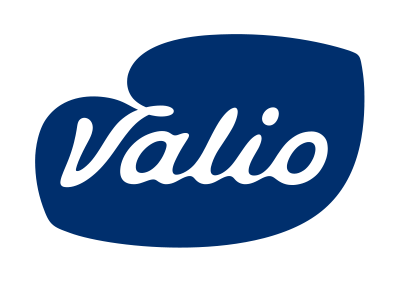Biodiversity in danger – dairy farms get to work preserving it

Biodiversity refers to the abundance in ecosystems, species and genetics: the more species, the higher the species biodiversity. In an ecosystem, a large diversity of species is generally a good thing, as it increases resistance towards various threats.
Plant and animal diversity is, however, currently under threat – we are facing the sixth wave of extinction. The sixth mass extinction is a result of human activity, and it has accelerated significantly over the past centuries. Since 1900, species have been going extinct at a hundredfold pace compared to previous centuries.
Biodiversity is cherished at dairy farms
Biodiversity on dairy farms covers everything from ecosystems to genetics through the soil. It’s possible to measure biodiversity through the number of species in an environment.
“In agriculture, biodiversity often refers to diversity in the structure of the landscape, farming areas and plants, and variation between them. The more species, different types of farming properties and various edge areas there are, the more diverse the nature at a dairy farm is. An example of a dairy farm’s genetic diversity is its breeds of cows. Many Valio dairy farms milk from a variety of breeds: in addition to Holstein and Ayrshire, many farms also raise endangered indigenous breeds,” says Valio’s Primary Production Specialist Heidi Huttunen.
Even Finland’s nature is weakening. One in nine biological species is endangered in Finland, and nearly half of our habitats. Loss of species shakes the economy and endangers life itself. When a species goes extinct, it will never come back. With more species, the easier it is to maintain natural balance; and the more species that are lost, the more that balance shakes. Most of the time, protecting a species means, in fact, protecting their habitat.
Many Valio dairy farms have committed to a national environmental bonus; the requirements to receive the bonus also serve to promote and preserve biodiversity.
Species observations are important for monitoring changes in population size. Valio and the Finnish Museum of Natural History, Luomus, carried out a cooperative project involving Valio dairy farmers observing the typical plant, insect and bird species common to agricultural environments, during summer 2019. These observations can be used to study, for example, the impacts of climate change.



